Tsunaki strawberry variety
Tsunaki is a non-repairable variety of garden strawberries (strawberries) of medium late ripening. Its origin is unknown, as is the place where it came from, but it is believed that it was created by Japanese breeders. As well as Chamora TurusiAlso considered an achievement of scientists from Japan, our heroine is a "dark horse". It is famous for its large fruit size, high yield, excellent taste of berries and good ability to adapt to unusual climatic conditions. But what is hidden under such an oriental name "Tsunaki", and does such a variety even exist? Let's try to figure it out.
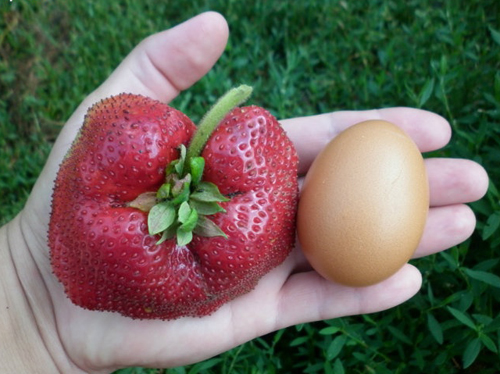
Let's start with a short introduction. Despite the generally accepted opinion, the variety supposedly came to us from Japan, in this country there is no mention of this strawberry. As, by the way, about the aforementioned Chamor Turusi. Of course, the origin is not very important when the plant really amazes with its characteristics and proves them in real conditions. On the other hand, how can you not fall for the tricks of unscrupulous sellers in such a mess and not buy a pig in a poke? It is rather difficult to answer this question. Moreover, the opinion has already begun to appear among the people that Tsunaki, Chamora Turusi and other varieties of unknown origin, differing in giant berry sizes, are in fact the same variety, and different names are just a PR move. In short, be extremely careful when purchasing seedlings. We hope that the description below will help you avoid unpleasant situations when buying.
The plant is very powerful, tall and voluminous, spreading, can reach a height of 50 cm, and about 60-70 cm in diameter. The foliage is dense. The root system is well developed. The whiskers are scanty, the whiskers are thick and strong. The leaves are large, bright green in color, medium-wrinkled, with sharp teeth. The flowers are bisexual, white. Peduncles are strong, very thick, tall, hold berries well, however, under the weight of numerous large specimens, they lie on the ground. Strawberry fruits are under a reliable cover of leaves, which protects them from the scorching sun and birds.
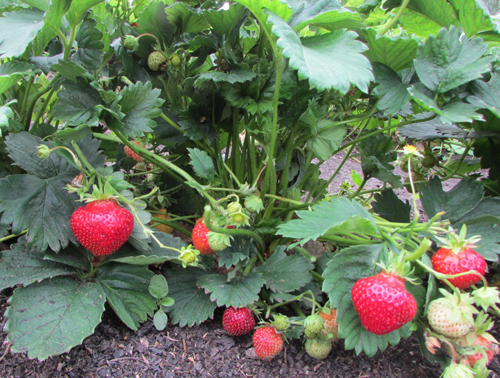
Tsunaki's berries are very large, often comb-shaped and fan-shaped at the first collection, with subsequent ones acquire a broad-conical shape, tending to a round one. The skin is deep red, shiny. Achenes are small, yellow, superficial. The pulp is bright red, firm, but not firm, with a very pleasant texture and a pronounced strawberry aroma with hints of nutmeg. The taste of the variety is excellent, the berries are very sweet, they resemble real wild strawberries, and a caramel shade is also traced.
The fruits are versatile in use, especially good fresh, but also suitable for any kind of processing and freezing. Despite their large size, Tsunaki berries are quite dense, do not wrinkle or flow during transportation, so strawberries are suitable for growing in order to sell fresh products to the market. However, the bizarre shape of the fruit can scare away buyers rather than attract, and the large size does not always play into the hands of the seller - often people think that such berries are stuffed with "chemistry" or are generally the brainchild of some genetically modified organism. Of course, all these are just myths of the townsfolk, but sometimes it is very difficult to convince buyers.
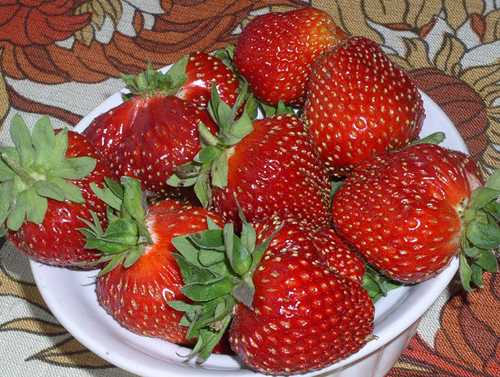
Let's move on to numbers, not words. So, the mass of fruits at the first harvest reaches 100-120 grams, and sometimes specimens weighing more than 150 grams are observed! At the same time, such giants can reach 7 cm in diameter. By the way, Tsunaki strongly resembles the Chamora Turusi variety in terms of large fruit size, the mass of their berries is extremely similar. Fruiting in strawberries is quite stable, but, of course, you should not expect giant fruits from it throughout the season.Record holders exceeding 100 grams are characteristic only for the very first training camps, then they can be observed, but only singularly. In subsequent harvests, the berries have an average weight of about 50-70 grams, which, by the way, can also be called a very huge indicator. The same Gigantella Maxim, with such a loud name, already in the middle of the fruiting season, the average weight of the fruits is noted in the range of 40-60 grams, and by the end of the harvest it may even drop to 30 grams or even less. Of course, Tsunaki may not be striking in size at the end of the season, but this depends more on the quality of plant care.
The yield of the variety is high, on a par with Chamora Turusi, and according to some reports, even higher. But, honestly, it's much higher if Chamora herself has a declared figure of up to 3 kg per plant, and even that is difficult to achieve in ordinary garden conditions. Farmers, of course, confirm that these two Japanese "dark horses" are really capable of producing a yield of 3 kg per bush, but this requires a very competent and responsible approach to strawberry cultivation, use an abundant amount of dressing and strictly control growing conditions. In general, ideal yields are only available with perfect care. As for simple gardeners, indicators of more than 1 kg per plant are quite achievable for them, and with sufficient attention to plantings, it is possible to get about 1.5 kg per bush, plus or minus 200-300 grams. Maybe 2 kg will come out, it all depends on the efforts applied to the cultivation and the weather conditions of the season.
By the way, about the climate. Ripening of Tsunaki begins around mid-July and lasts quite a long time, just over a month. Thus, fruiting occurs during a rather favorable weather period in cold regions, and even in hot regions, strawberries feel quite comfortable at this time - the berries are not baked under the protection of large numerous leaves, and the powerful root system ensures good drought resistance of plants. In general, there is an opinion that Japanese varieties are much more plastic than Dutch, English and American varieties, supposedly they take root in almost all climatic latitudes. How true this opinion is is difficult to say. But as for our heroine, according to reviews, she is really "tenacious" and feels quite comfortable in a wide variety of regions. Tsunaki is quite winter hardy, but shelter still does not hurt, this is also true in the spring in cold areas.
The variety has a very good immunity, it is affected by various diseases no more often than other varieties on the site. However, strawberries are quite sensitive to gray rot, so it is necessary to take all the necessary preventive measures in time.
In agricultural technology, our heroine is quite standard, she requires only the most basic care - loosening the soil, weeding, watering, feeding, treatment against diseases and pests. By the way, weeding will not take much time and effort, since the bushes are powerful and voluminous, so the weeds will not be very comfortable to grow in their shade. Of the nuances of agricultural technology, it is worth highlighting just a couple of important points. First, the size of the plant must be considered when planting. The bushes are planted at a distance of at least 60 cm from each other, greater thickening is highly undesirable, since you will not benefit from this - the strawberry yield will decrease. In connection with this feature, you can think about one interesting point. One Tsunaki bush takes up twice as much space as many other varieties, including remontant ones. Thus, if you are interested in getting the largest number of berries per square meter of area, you should think about what is more profitable - to plant a certain number of plants of this variety, or twice as many bushes of another.
According to some reports, strawberries can bear fruit well for 5-7 years. Thus, it will not be necessary to renew the planting material often, however, with intensive use, the rejuvenation of the plantation may be required earlier. In general, large-fruited varieties with high yields develop their entire resource extremely quickly, so 5-7 years is already a serious period. Although for an ordinary gardener, these figures are quite real. The main thing is not to neglect the timely rejuvenation of the plantings, so as not to be disappointed in the variety.
Let's briefly summarize. Tsunaki is an eye-catching strawberry that does have some very outstanding characteristics. She can please both an ordinary gardener and a farmer-entrepreneur, she has all the necessary qualities to become a favorite on the site. A fly in the ointment, of course, adds to the nebula of the origin of the variety. In general, it is clearly worth trying to grow this variety, but be very careful when buying seedlings.

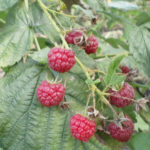
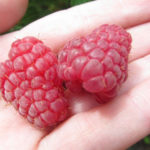

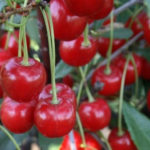
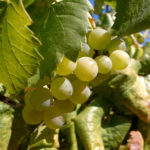



I agree with everything that is written in the article - the bushes are powerful, the berries are striking in size (you have to bite a strawberry like an apple), but the yield is low. On my site I keep only a few bushes (I really like to tickle the nerves of my neighbors by showing them berries), and all because this variety requires increased attention: the bushes need to be watered very abundantly (with a lack of moisture, the berries do not pick up juice and do not ripen, they remain dry, hard, the tip does not ripen), and they also need to be generously fed with fertilizers, and at the same time Tsunaki begins to bear fruit in full force only after the 5th year of life (when a good root system will grow). It hibernates very well, does not get sick with anything.